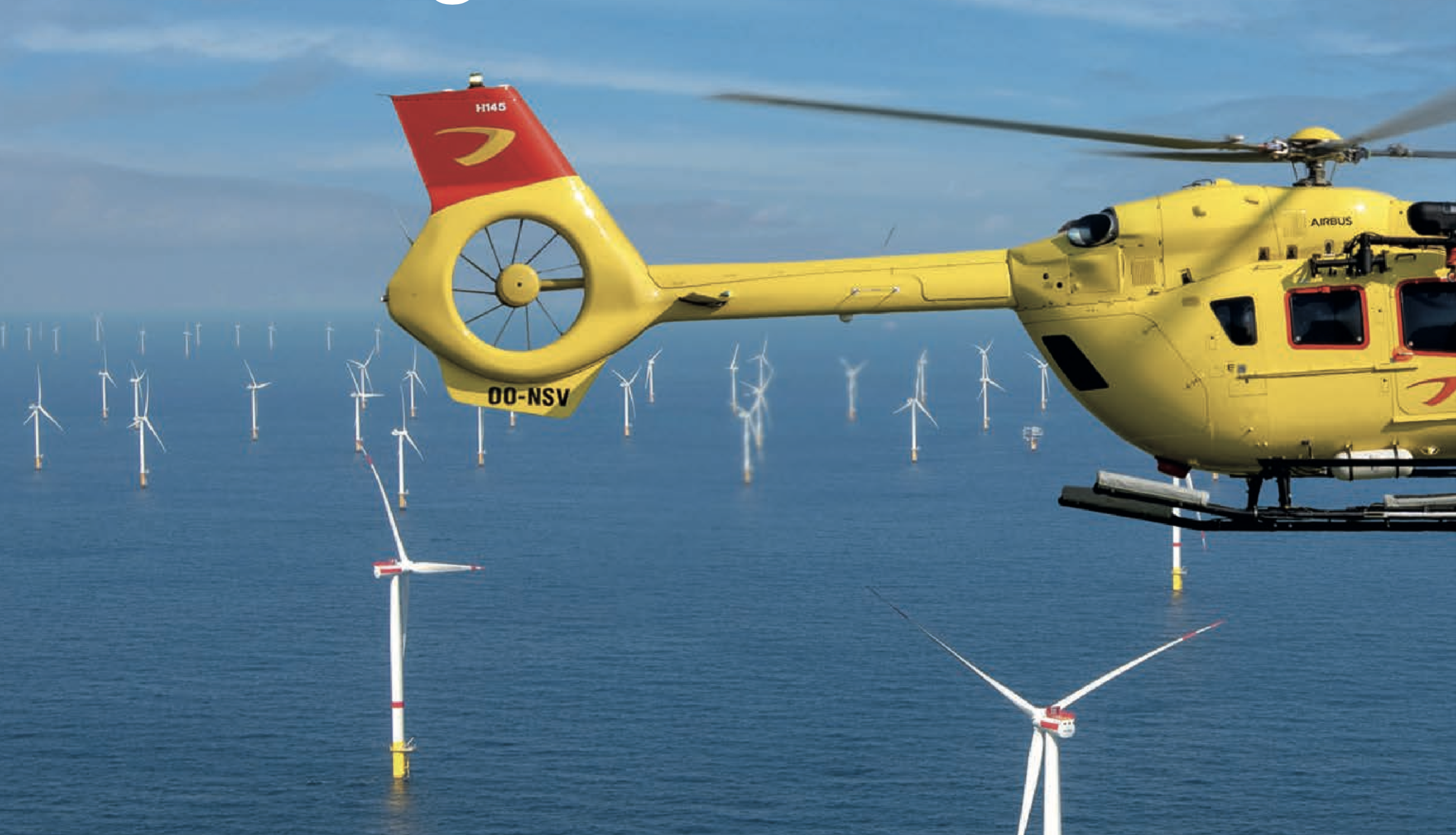Achieving true logistic visibility from planning to completion may seem like something of a pipe dream for offshore operators, but can digitizing
and automating many processes and linking procurement and operations make it a reality?
Jim Hededal Nielsen, CEO & Founder of DECK1,
tells PES why he believes it can.
PES: A very warm welcome to PES Wind Jim. By way of introduction would you like to start by giving a brief insight into who DECK1 are and what it is you do?
Jim Hededal Nielsen: DECK1 is a software development start-up based in Denmark. We are building tomorrow’s digital trading and operations platform for the offshore renewables industry. Having worked as an aviation consultant and search and rescue pilot in the offshore renewables industry for over two decades, I experienced at first hand the logistic, contractual, safety and compliance challenges and in-efficiency within the offshore industry today. This, together with a high increase in offshore capacity in the coming decade fostered the idea of creating an open and transparent trading and operations platform, connecting the entire ecosystem of stakeholders within the offshore renewables sector.
A platform making previously time consuming and sub-optimal procurement and operation processes truly digital and data-driven and with access to a global instead of a national market. An open and connected ecosystem of stakeholders supported by user-centric designed digital tools contributing to a smarter, safer and more effective industry. That is our vision and what drives us on a daily basis.
PES: With the race towards the zero-emission targets of 2035 and 2050 now well and truly on, how do you see digital technology such as that offered by your company helping?
JHN: By far the most important aspect of offshore wind farms is reducing downtime. Offshore wind capacity for 2035 is already planned to be 10 times today’s capacity. At the same time, the wind turbine generators are getting bigger and floating wind structures are changing the game by enabling new areas further offshore to be utilized. A digital solution will provide complete transparency in operations through a live map, reduce administrative work and time for each procurement process and enable a faster response to unforeseen and extra tasks.
The visibility of the operation and the transparency of the marketplace, enables wind farm operators to react without delay and get the most out of their offshore wind farms by providing more clean energy to our onshore grid.
PES: How important do you think the redundant logistic chain is in reaching these zero-emissions targets?
JHN: Very important! Just imagine we could save 80kg CO2 for every minute a 7 MW was operating at full capacity. Having easy and fast access to the right transportation solution, at the right time and at the right place would reduce downtime from potentially days to a few hours. Add Brexit, Covid travel restrictions etc, and a day’s downtime can easily become longer. By using the DECK1 Live Map the offshore wind farm operations-centre would be able to track personnel, vessels, helicopters and drones and quickly be able to find the closest and most suited means of transportation when ad hoc or emergent needs appear.
Effectively, this will reduce the time spent from problem inception to problem solving. 8900 wind turbine generators represent today’s capacity. That capacity is expected to be 10-fold in 2035, just 14 years from now. Looking at just one wind turbine generator, the effects may seem minimal, but taking an industry-wide outlook the effects will be significant.



























